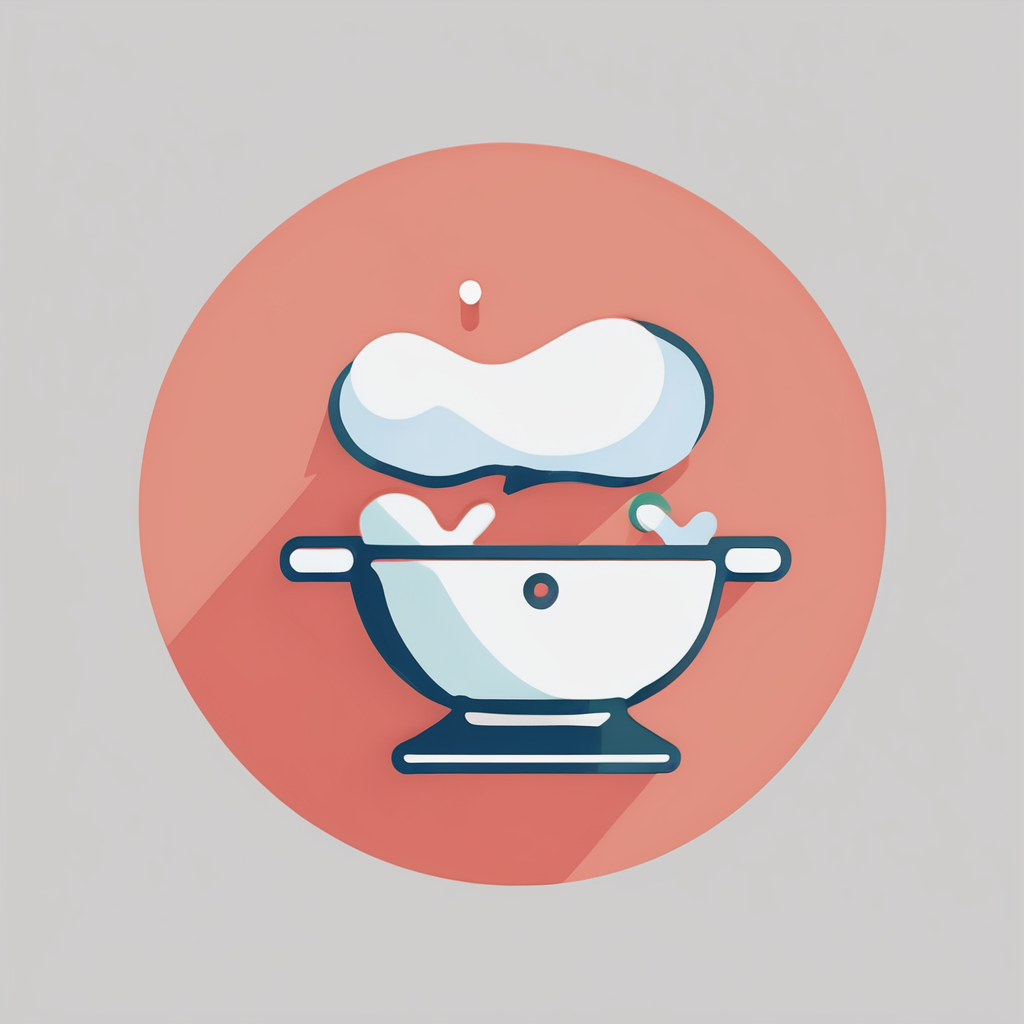Understanding the Importance of Wine Cooler Placement
When selecting where to position a wine cooler, the focus should be on enhancing both functionality and aesthetics of the kitchen. Optimal wine cooler placement ensures efficiency in your kitchen tasks, especially when the wine cooler is situated conveniently near the wine serving area. This proximity not only saves time during meal preparations but also enhances the overall workflow of the space.
The kitchen functionality is significantly affected by how well the wine cooler can be integrated without disrupting the rest of the kitchen’s operations. For example, placing the cooler near countertops or within a prep station allows easy access to wine while preparing meals or entertaining guests. Additionally, aesthetic considerations play a key role in snug kitchen designs. The cooler should seamlessly blend with the existing décor, potentially becoming a centerpiece or a harmonious aspect of the kitchen’s layout.
In the same genre : The definitive handbook for choosing the ideal multi-tiered steam cooker to elevate your cooking experience
Ultimately, the correct placement of a wine cooler does more than just store wine; it becomes a pivotal part of the kitchen, ensuring both usability and style are retained. Optimal wine cooler placement is crucial in creating an efficient and visually appealing kitchen environment.
Factors to Consider for Wine Cooler Placement
Choosing the ideal spot for a wine cooler involves considering various factors for placement to ensure optimal use and performance. When space is limited, understanding how to make the most of it becomes crucial.
Additional reading : Mastering Spice Storage: Creative Kitchen Design Solutions for Optimal Organization
Space Limitations
Consideration must be given to the availability of surrounding cabinetry and other space constraints. Identifying the optimal location involves assessing areas where the wine cooler won’t obstruct pathways or affect the flow of daily kitchen activities. This is especially true in kitchens where space is a premium, and efficient use of available room is critical.
Ventilation Needs
Proper ventilation is essential for maintaining a wine cooler’s functionality. Ensuring adequate airflow allows the cooler to run efficiently, helping to preserve wines at the ideal temperature. When installing, make sure there are sufficient gaps around the appliance to prevent overheating, facilitating optimal cooling performance.
Clearance Requirements
Each wine cooler model comes with specific clearance requirements to work effectively. It’s important to refer to manufacturer guidelines to guarantee the necessary space is available. Minimal clearance is often required behind and on the sides of the cooler, allowing it to operate smoothly without overheating or compromising cooling capabilities.
Practical Tips for Arranging a Wine Cooler in a Small Kitchen
Maximizing space in a small kitchen can be challenging, yet smart arrangement ideas can integrate a wine cooler without sacrificing functionality. One effective strategy is using vertical space. Installing the cooler in tall cabinetry or adding shelving above the cooler can help utilize height efficiently. This not only saves room but also keeps kitchen elements organized, maintaining the overall flow of the space.
Underutilized spaces, such as corners or gaps between cabinets, provide excellent opportunities for placing a wine cooler. Choosing compact, built-in models ensures they become part of the kitchen furniture rather than standalone appliances. Such positioning enhances both the room’s aesthetic appeal and its operational capability, making access to wines smooth and hassle-free.
Practical arrangement ideas also focus on ensuring that the workflow remains efficient. Consider the frequency of use and ensure the cooler is easily reachable during meal preparations or gatherings. This thoughtful placement enhances the convenience of wine service and reduces the need for unnecessary movement. By carefully arranging a wine cooler in a small kitchen, it’s possible to enjoy both style and practicality without crowding the space.
Visual Aids and Layout Ideas
When planning the layout of a wine cooler, incorporating layout ideas and kitchen visuals can greatly enhance the kitchen’s aesthetic appeal. Consider examples of successful wine cooler placements that balance functionality with style. For instance, many homeowners find success aligning their wine cooler with existing cabinetry, creating a seamless built-in look that integrates with the overall kitchen design.
Another effective strategy is using visual aids. Incorporating wine cooler design elements that complement existing colours and materials helps ensure a cohesive aesthetic. For example, if your kitchen features stainless steel, selecting a wine cooler with a matching finish brightens the space and maintains a unified appearance.
Consider using layout tools to visualize how different placements affect both appearance and accessibility. Platforms such as 3D kitchen planners can provide insight into spatial dynamics and aesthetic outcomes. These tools allow users to experiment with various wine cooler design placements before making final decisions, ensuring the selected layout serves both functional and stylistic needs.
Implementing these considerations ensures that the wine cooler not only serves its practical purpose but also enhances the overall environment aesthetically, supporting a harmonious and efficient kitchen setup.
Managing Temperature and Humidity in Confined Spaces
When positioning a wine cooler in tight areas, maintaining temperature control and humidity management is crucial to ensure effective wine preservation.
Understanding Wine Storage Conditions
The optimal storage temperature for wine is typically between 45-65°F (7-18°C), while humidity levels should remain around 60-70%. These conditions help prevent cork drying and maintain the wine’s natural qualities. Understanding this balance is the first step in creating an environment where your wine collection can thrive.
Monitoring Equipment
In confined spaces, investing in monitoring devices is essential. Devices such as digital thermometers or hygrometers can help keep track of temperature and humidity levels. These tools are invaluable in ensuring that your wine storage area maintains the ideal conditions, despite the limited space.
Maintenance Tips
Regular checks are necessary to ensure the continued effectiveness of temperature control devices and to manage humidity properly. Clean your cooler’s condenser coils to maximise efficiency, and routinely check the seals to prevent air leakage. Staying proactive with maintenance ensures your wine cooler performs at its best, even in the most confined spaces, preserving your wines impeccably.
